These pebbles settled out of the water in a stream that once flowed over this area thousands of years ago.
Click on image for full size
Courtesy of Bruce Molnia, Terra Photographics
Step 3: Sediments Settling Down!
When water or wind slows down, sediment can no longer be carried in it. The particles of sediment fall through the water or air and form a blanket of sediment on the bottom of a river, a lake, ocean, or on the surface of the land.
Settling down depends on the size of the sediment. Larger pieces will settle
more quickly than smaller ones. How does this happen? Try this experiment to
see for yourself!
- Add a handful or two of sediment to a jar that includes particles of different
sizes such as pebbles, sand and mud.
- Fill the jar with water and seal the lid on top.
- Shake the jar and watch the pebbles and dirt fill the water.
- Let the jar sit still for a few minutes. What settles on the bottom of the
jar? Are any of the small particles still in the water? (The heaviest ones
will fall out of the water faster than the small ones once you stop shaking
the jar.)
Last modified August 25, 2003 by Lisa Gardiner.
You might also be interested in:

Wind is moving air. Warm air rises, and cool air comes in to take its place. This movement creates the winds around the globe. Winds move at different speeds and have different names based on their speed.
...more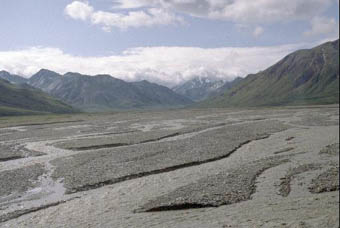
If you sneeze into a pile of dust the little particles fly everywhere, but if you sneeze into a pile of rocks, they will stay put. It takes more force than a sneeze to move those rocks. Winds and water
...more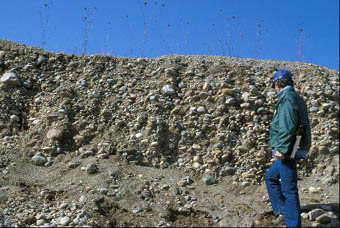
When water or wind slows down, sediment can no longer be carried in it. The particles of sediment fall through the water or air and form a blanket of sediment on the bottom of a river, a lake, ocean,
...more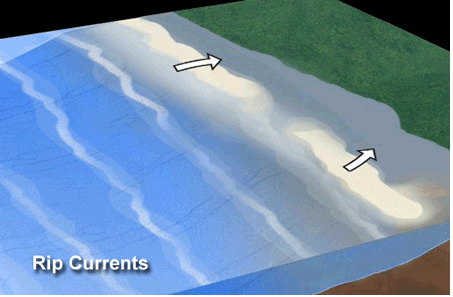
When waves get to the beach at an angle, water moves along the coast in a longshore current. Longshore currents grow stronger when the waves come towards the beach at a large angle, if the waves are large,
...more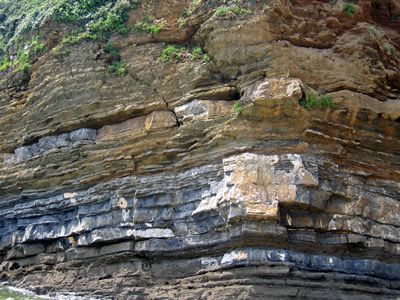
Geologists have been studying a new way to learn where sedimentary rocks formed during the Paleozoic Era. Balil Haq, a marine biologist, explains that scientists are using something called a sediment curve
...more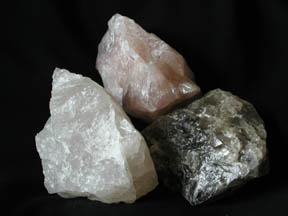
Spotting minerals is fun! There are many different types of minerals. Each has a different name and special traits. You can learn more about minerals by looking closely at them to understand their special
...more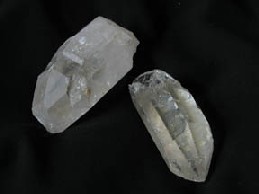
This mineral is called quartz! Sometimes it looks white like milk but usually it looks clear like glass, sometimes with a little pink or gray tinge of color. You can find crystals of quartz in many different
...more














